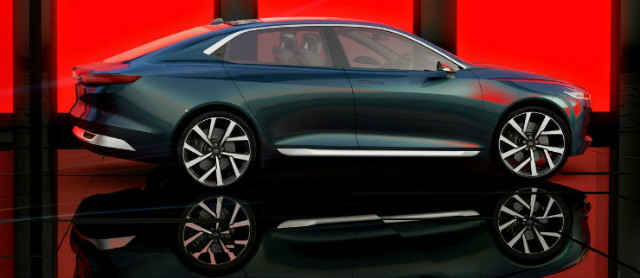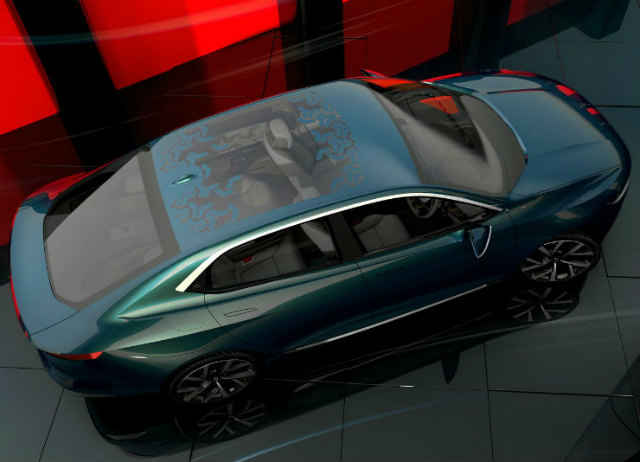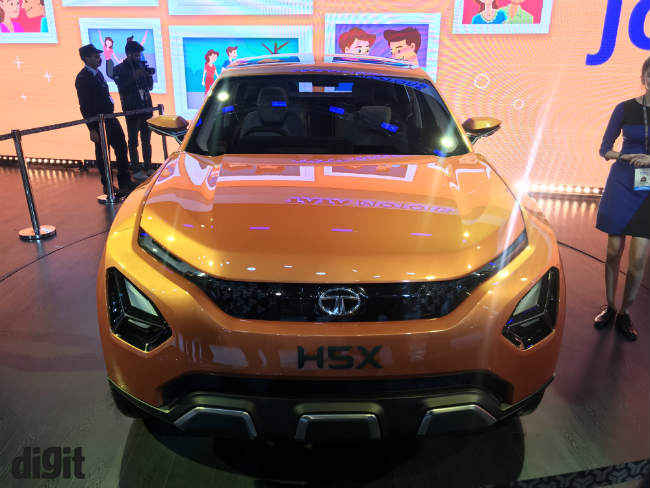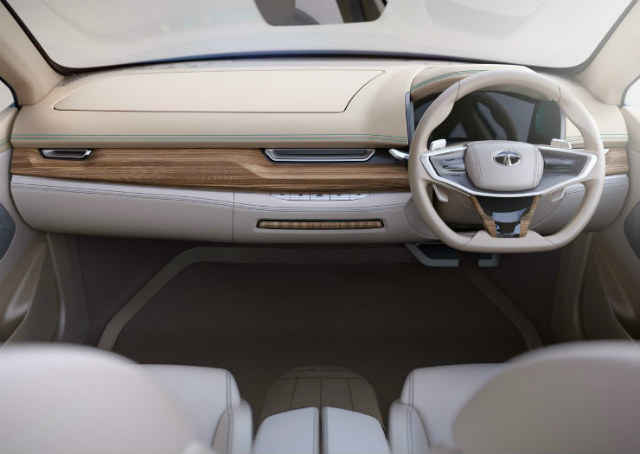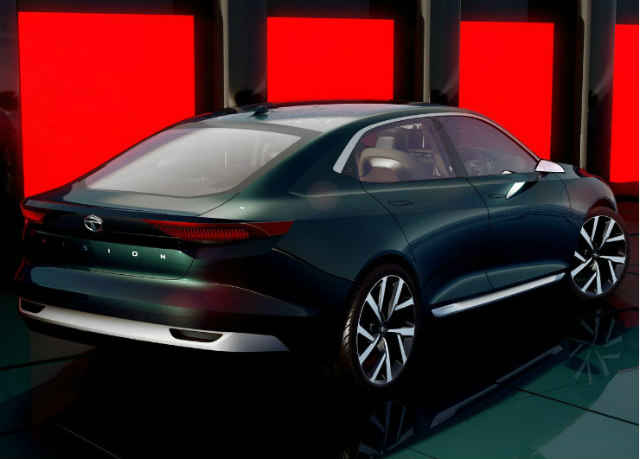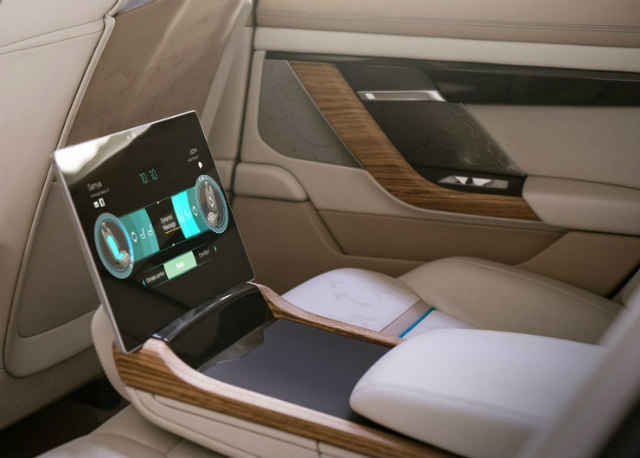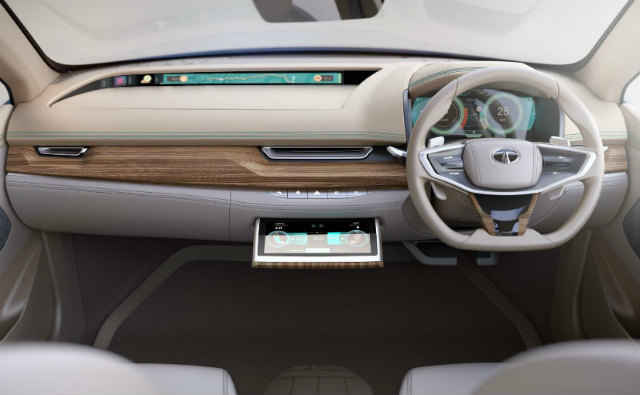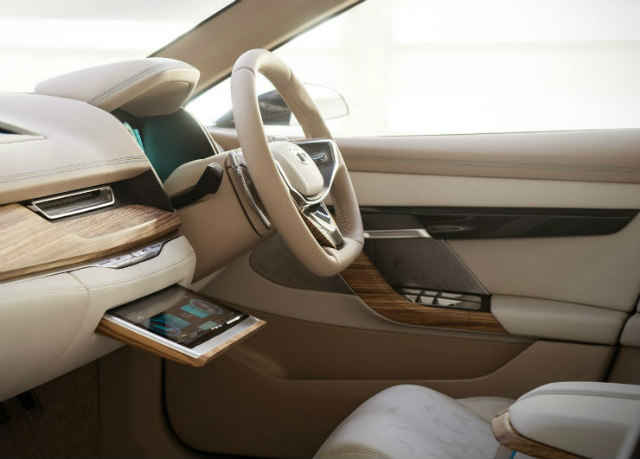Tata Motors EVision concept: Everything you need to know
Based on Impact Design 2.0, the Tata EVision concept completes a trio of concept cars with the H5X and 45X concepts following the same language.
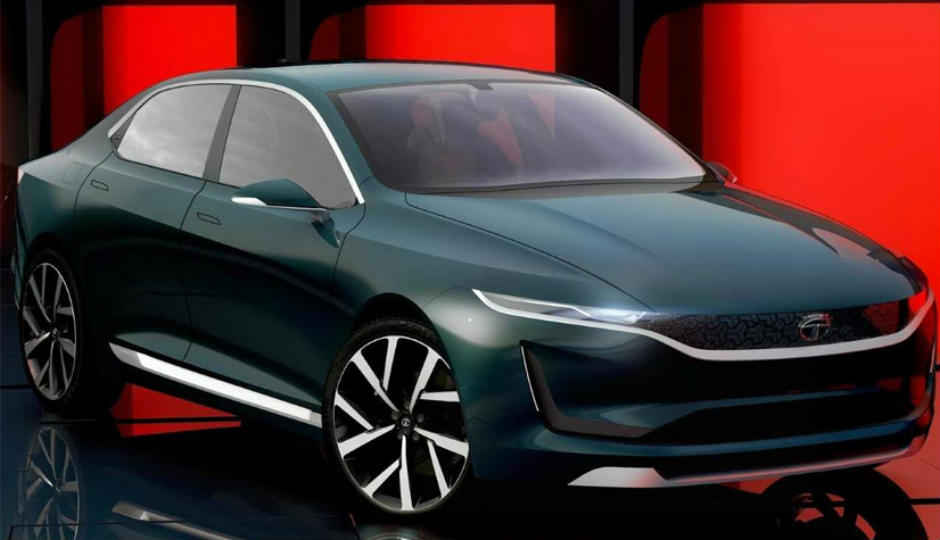
Back in 1998, Sir Ratan Tata stood alongside then-Miss World Diana Hayden to unveil a diminutive hatchback. The Tata Indica may not have been the most enthralling – it was possibly one of the most modest cars on the Geneva Motor Show floor. But, what it did was give Tata Motors the first true taste of success in the consumer vehicle market back in India. Two decades have passed since then, and with time, practically everything has changed.
 Survey
SurveyThe car buyers’ demographics and statistics in India, for instance, have been steadily changing. In 2018, more people India can afford to buy a car than ever before. Proportionately, more individuals have higher earning scales, which in turn is leading to consumers who are more demanding in terms of what they expect from their cars. A huge part of that ‘extra’ bit is design, and Tata Motors acknowledged this about four years back when it introducing its first generation Impact Design philosophy. The company was struggling a fair bit to strike success with its consumer cars, and the new design brought about cars like the Tiago, Tigor, Hexa and Nexon – all part of a new generation of cars.
Tata, however, claimed that its latest cars still carried characteristics of space, durability and toughness – characteristics, which were established by the Indica back in the day. At the 2018 Auto Expo in Noida, India, the company introduced two concept cars – the 45X and the H5X, heralding a new generation of design and platform. As if it forgot to emphasise on the design bit enough, Tata Motors took to the Geneva Motor Show 2018 floor and unveiled the Tata Motors EVision concept.
The all-new concept is based on the company’s OMEGA (Optimal Modular Efficient Global Advanced) ARC platform – an architecture that also underpins the H5X concept. This platform has been built keeping electrification in mind, and is a clear indication that future cars from Tata Motors will house electrified powertrains. The platform will feature cars that are 4.3 metres or longer, which refers to future SUVs and sedans with electrified powertrains and possibly premium market positioning. The platform’s basic engineering has been derived from the Land Rover D8 platform.
In terms of design, the Tata EVision concept is nothing like anything that the company has had in production till date. With a long wheelbase, low height and a swept-back stance, the Tata EVision by itself is a full-sized sedan that is about as long as the Jaguar XE, or the Mercedes-Benz C-Class. The concept car gets sharp edges and creases all along, and yet maintains a fluid continuity to its design. The brushed aluminium ‘Humanity Line’ is retained, and further accentuated to run all along the car.
Up front, four thousand pins behind a panel of glass adorn the place where Tata’s typical honeycomb radiator grille would be. The same motif is present across the glass roof, on the interior leather upholstery and other crevices. Up front, the bonnet is elongated and gives the overall design a strong character, while at the rear, the animated wraparound tail lights are dubbed what the company calls ‘Slingshot’. On overall terms, it looks close to sedans like the Volkswagen Passat and the Toyota Camry, and upon production, Tata Motors may venture into full-size sedan and D-segment sedans for the first time in its history. To go with its segment, the rear seat is expected to host a bunch of customisation options including seating and recline position, headrest adjustment and more, as well as include a tablet in the rear central armrest.
Inside, the minimalistic, tiered dashboard has a simple, elegant design that looks in line with the exterior design of the car. There is no transmission shaft, and the entire dash has three digital displays – the instrument cluster, the central display placed much below the usual position, and a thin digital display strip that runs along from the left edge of the dash, up to the instrument cluster. Both the displays are retractable, and will come with a new HMI (human-machine interface) that will enable advanced driver assist systems (ADAS) and more.
Tata Motors has stated that the EVision concept will get elements like cloud-connected computing and ADAS services, drive analytics and geo-spatial mapping. It also gets frameless doors – a possible first for a non-luxury offering, and electronically operated front seats. The lack of the transmission tunnel means more leg space has opened up for the front passengers, although the steering wheel does appear to have paddle shifters. This may be an indication that whenever the EVision enters production, it may take the same route as the Hyundai Ioniq and be presented with hybrid and combustion engine powertrains alongside the all-electric variant.
The battery is concealed underneath the floor, which should open up decent boot space for the car. While powertrain figures have not been revealed, the Tata EVision will reportedly reach 100kph from standstill in less than seven seconds, have a top speed of 200kph, and deliver total range of 300 kilometres. There is no word on pricing and a possible launch date, but we expect to see it, or at least a production car based on its design around late 2019, which is around the same time as the H5X’s possible production date.
